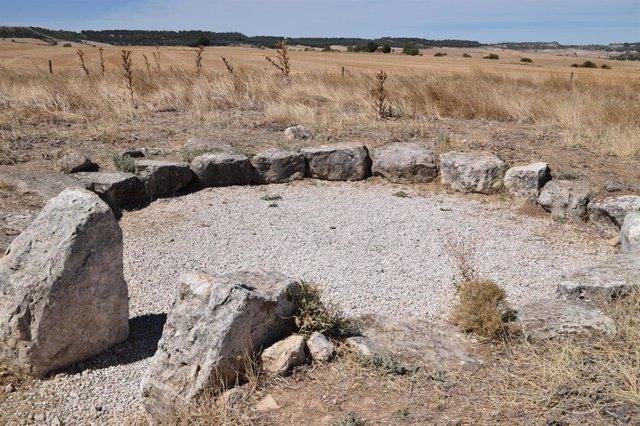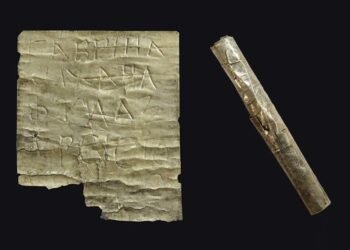Decades ago, two large Neolithic stone tombs in northern Spain, known as Los Zumacales and La Cabaña, were excavated, revealing the remains of over two dozen individuals along with flint arrowheads, bone awls, stone tools, and pottery fragments.
A recent analysis of these remains, detailed in a study published in the International Journal of Osteoarchaeology on December 1, unveils a significant and intriguing aspect of burial practices during the fourth millennium BCE.

The majority of the bones, ranging between 70% and 90%, displayed fractures and fragmentation, including distinctive “butterfly-shaped” fractures on arm bones—a result of force perpendicularly applied to fresh bone.
Moreover, impact marks were identified on some bones, indicating the application of percussive or banging force. Notably, V-shaped cut marks were also discovered, believed to be made by individuals using stone tools to deflesh the deceased.
The study suggests that these findings are not indicative of ancient murder but rather point to elaborate funerary practices occurring just after death.
Archaeologist Angélica Santa-Cruz from the University of Valladolid in Spain, one of the study’s authors, suggested that these actions may have been part of a “death management process” employed by ancient people to handle their deceased compatriots. This process could have aimed at accelerating the decomposition of corpses when necessary, with some bones possibly treated as funerary objects or relics.
While earlier studies had proposed that the skeletons represented burials that were cleaned up or moved aside after some time, the new findings challenge this interpretation. Santa-Cruz and co-author Javier Velasco-Vázquez, from the Historical Heritage Service of Gran Canaria, Spain, argue that the fractures and cut marks were integral components of the ancient death management process.
One intriguing possibility raised by the researchers is the potential for funerary cannibalism, an ancient human behavior documented across northwestern Europe, particularly during the Upper Palaeolithic period.

The fracture patterns on the bones, especially at Los Zumacales, could suggest funerary cannibalism, also known as endocannibalism or anthropophagy. However, the researchers exercise caution, acknowledging that such claims require careful consideration.
The archaeological sites of Los Zumacales and La Cabaña offer limited clues about the broader lives of these Neolithic people, suggesting a semi-nomadic lifestyle focused on animal husbandry, crop cultivation, and foraging.
Given the new insights from the fractured bones, Santa-Cruz and Velasco-Vázquez advocate for further studies on bones from other tombs in the area. They believe that a comprehensive examination is crucial to fully understanding the diversity of funerary practices that occurred at these sites.


































